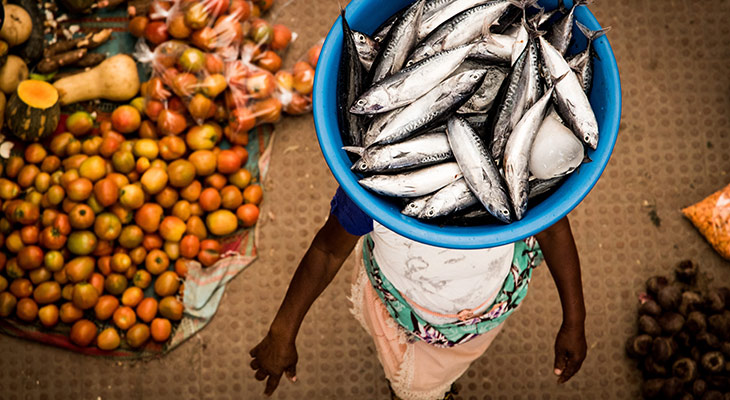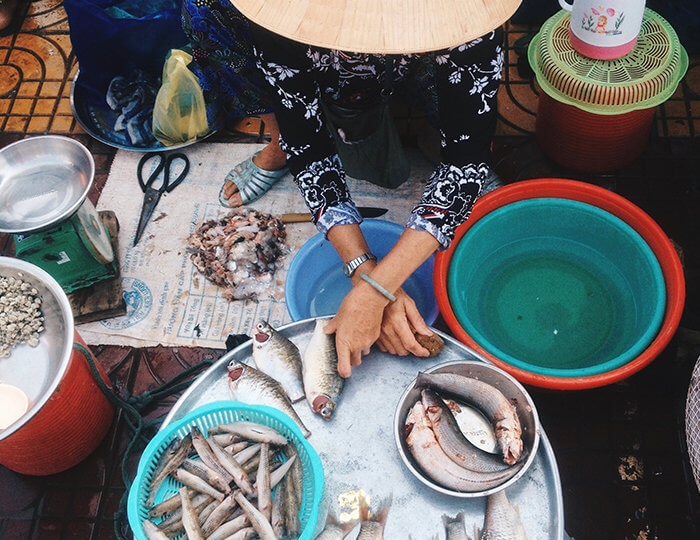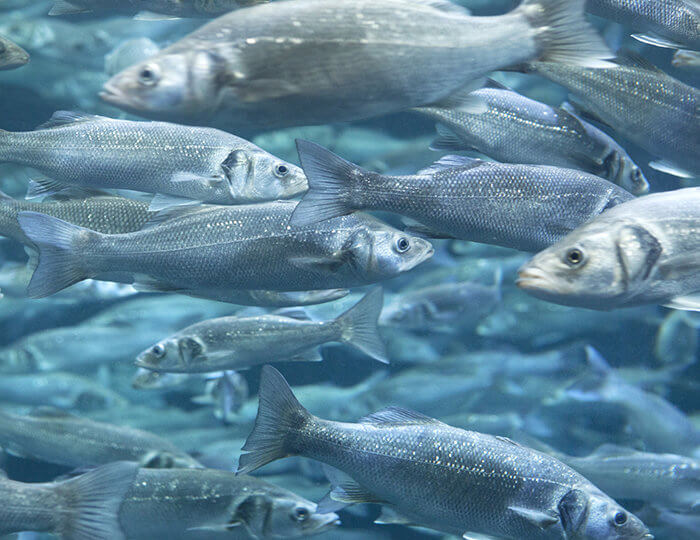NEWS • 2023-08-18
Using blue foods to meet UN goals
Fish, shellfish, algae and aquatic plants (referred to collectively as blue foods) are currently under-utilised in tackling malnutrition, cardiovascular disease and climate risk. A study in Nature gives policymakers access to new analysis and online tools which show the role that aquatic foods can play in tackling nutrient deficiencies and cardiovascular disease and in reducing the sector’s climate and environmental footprint.

Phot: IStock
Blue foods are immensely diverse. More than 2,200 wild species of blue food organisms are caught and more than 600 are farmed, with tremendous variation in associated production and processing systems and practices. Consumption patterns also vary across the world, due to the types of blue foods accessible, but also to cultural and religious traditions.
This diversity holds the key to understanding the geographical contexts and conditions in which blue foods can contribute to achieving food system ambitions, such as improved nutrition, equity and lowered environmental impact, as articulated in the UN Sustainable Development Goals.
The Blue Food Assessment (BFA), involving several Beijer Institute researchers, recently evaluated nutritional, environmental, economic and justice dimensions of blue foods globally. As part of BFA, the study in Nature integrates these findings and translates them into four policy objectives to help realise the contributions that blue foods can make to national food systems around the world. These objectives are to:
- reduce vitamin B12and omega-3 deficiencies
- reduce non-communicable disease risks related to overconsumption of red meat, particularly cardiovascular disease
- reduce greenhouse gas consumption and production footprints
- safeguard blue food contributions to nutrition, just economies, livelihoods and cultures under climate change.
For instance, the researchers found that policymakers in countries with high environmental food footprint and high levels of cardiovascular disease – typified by developed countries in Europe and North America – should focus on improving production and access to blue foods, which can act as a substitute for consumption of more impactful red meats.
The results also suggested that many countries with severe nutrient deficiencies, mainly in Africa and South America, can address vitamin B12 and omega-3 shortages, especially among nutritionally vulnerable parts of the population, by facilitating consumption of culturally relevant blue food, including bivalves or small pelagic fish.
The analytical framework was used to identify countries with high future risk for whom climate adaptation of blue food systems will be particularly important. The complex nature of food systems, including aquatic systems, means that any action to improve performance in some dimensions will involve a trade-off with performance in one or several other dimensions. Overall, the framework helps decision makers to assess the blue food policy objectives most relevant to their geographies, and to compare and contrast the benefits and trade-offs associated with pursuing these objectives.
Crona, B., E. Wassénius, M. Jonell, J.Z. Koehn, R. Short, M. Tigchelaar, T.M. Daw, C.D. Golden, J.A. Gephart, E.H. Allison, S.R. Bush, L. Cao, W.W.L. Cheung, F. DeClerck, J. Fanzo, S. Gelcich, A. Kishore, B.S. Halpern, C.C. Hicks, J. Leape, D.C. Little, F. Micheli, R.L. Naylor, M. Phillips, E.R. Selig, M. Springmann, U.R. Sumaila, M. Troell, S.H. Thilsted, and C.C.C. Wabnitz. 2023. Four ways blue foods can help achieve food system ambitions across nations. Nature 616:104-112
NEWS



